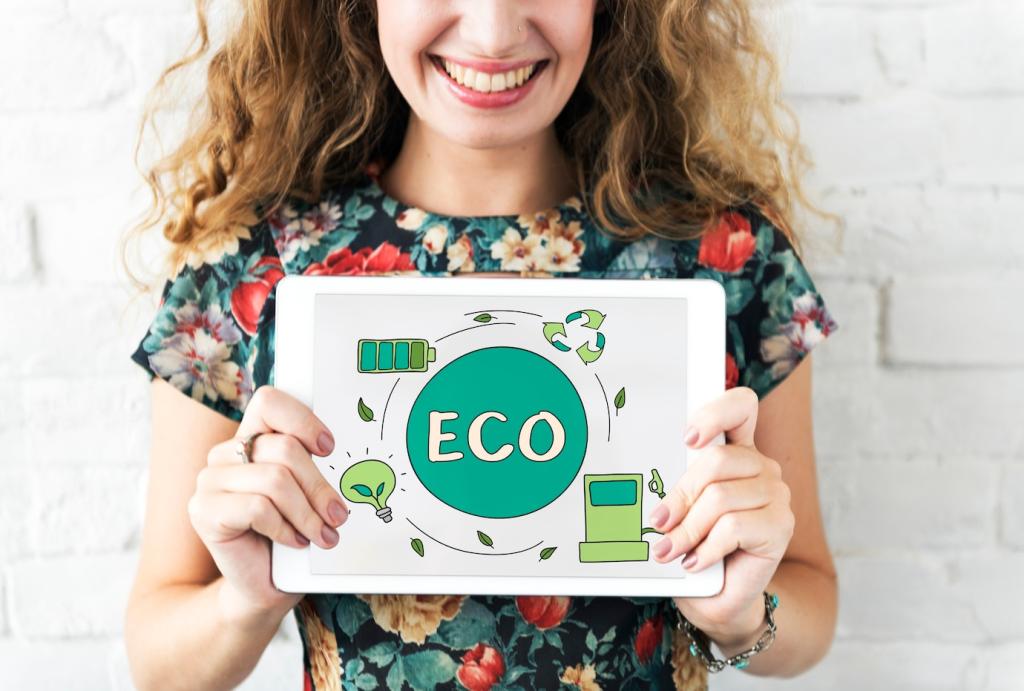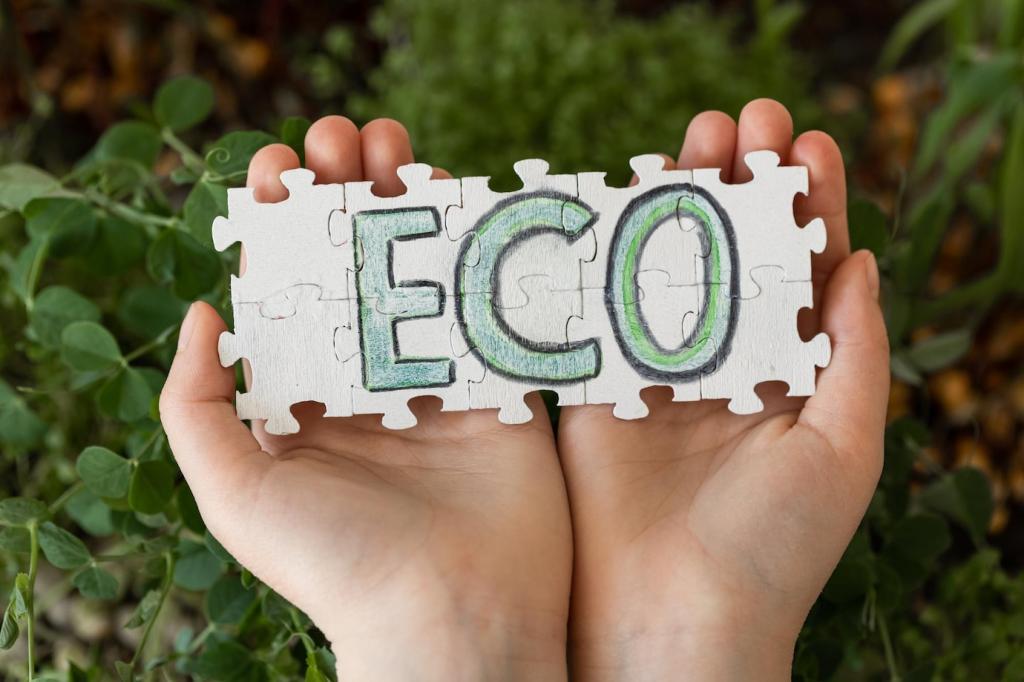Understanding the Eco-Conscious Mindset
Eco-conscious buyers prize durability, repairability, and responsibility. They ask whether materials, labor, and logistics align with their ethics. Speak to these values plainly, and you transform copy into a mirror that reflects their intentions back with respect.
Understanding the Eco-Conscious Mindset
Greenwashing has trained readers to be cautious. Replace slogans with specifics, citations, and real timelines. Share what you do not yet do, alongside what you are improving, and invite readers to hold you accountable with questions.








